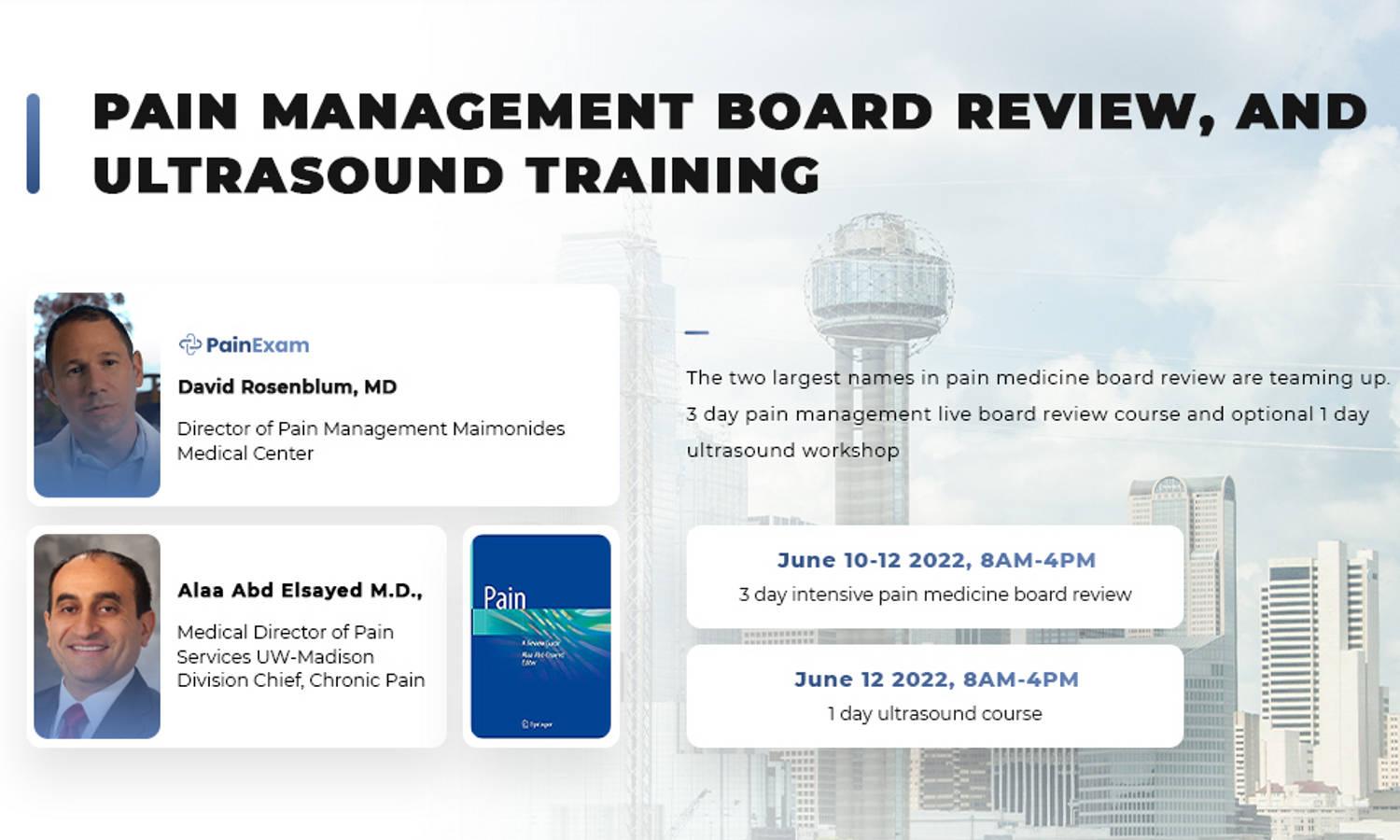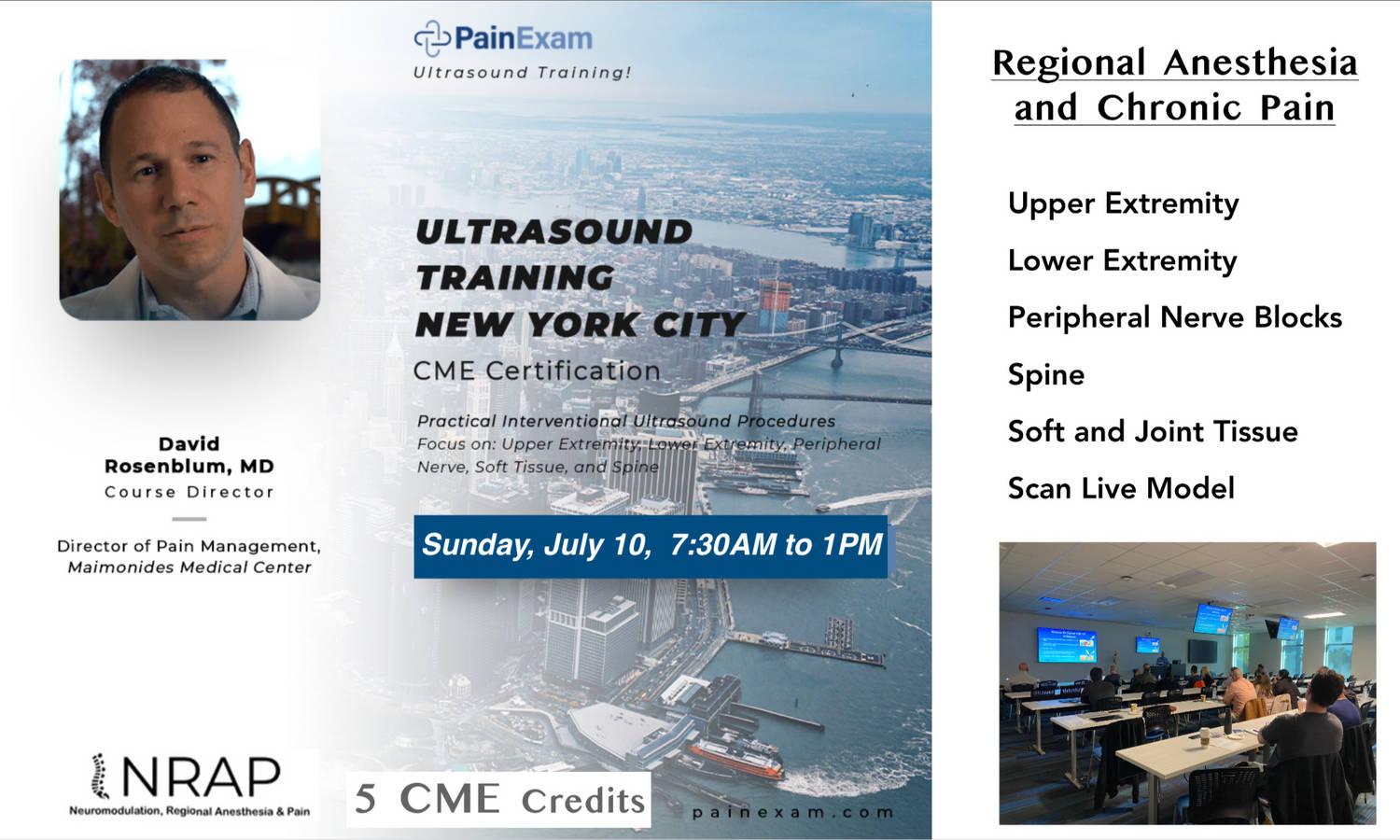
Parkinson's Disease Psychosis: Review of Neuropsychiatric Complications
Parkinson's Disease Psychosis: Review of Neuropsychiatric Complications is organized by CME Institute of Physicians Postgraduate Press, Inc. (PPP).
Activity opens: 02/08/2023
Activity expires: 02/29/2024
Program Description
Parkinson’s disease (PD) affects approximately 1% of the population aged 60 years and older and has the fastest rising prevalence of all neurodegenerative diseases worldwide. PD is characterized by bradykinesia plus rigidity, resting tremor, and/or postural instability. Other motor features can include shuffling gate, microphagia, muscle contraction, and slurred or slowed speech, among others. PD can also manifest nonmotor symptoms, such as sleep disturbance, loss of smell, and autonomic symptoms like excessive sweating, sexual dysfunction, and drooling. Parkinson’s disease psychosis (PDP) is also a nonmotor symptom and manifests an average of 35% of patients diagnosed with PD.
To diagnose PDP a primary diagnosis of PD must be made. First, Parkinsonism must be established, which is characterized by bradykinesia plus 1 or more features of rest tremor and/or rigidity. PD is then diagnosed by the absence of exclusion criteria, the presence of at least 2 supportive criteria, and no red flags. Symptoms of PDP include hallucinations, illusions, delusions, and a false sense of presence, which occur after the onset of PD and are recurrent or last for at least a month.
Once a diagnosis is made, treatment can include evaluating triggers, stopping non-PD drugs or anticholinergics, MAOB inhibitors, or others, and considering PDP therapies clozapine, quetiapine, and pimavanserin. An interdisciplinary approach to treatment management that includes psychiatrists, psychologists, and physical and occupational therapists can optimize patient outcomes.
Educating patients and family members about symptoms and discussing treatment goals is key in helping to improve quality of life for both patients and caregivers.
Learning Objectives
After completing this educational activity, you should be able to:
• Identify appropriate best practices for the diagnosis of PDP
• Implement evidence-based current therapies for patients with PDP










